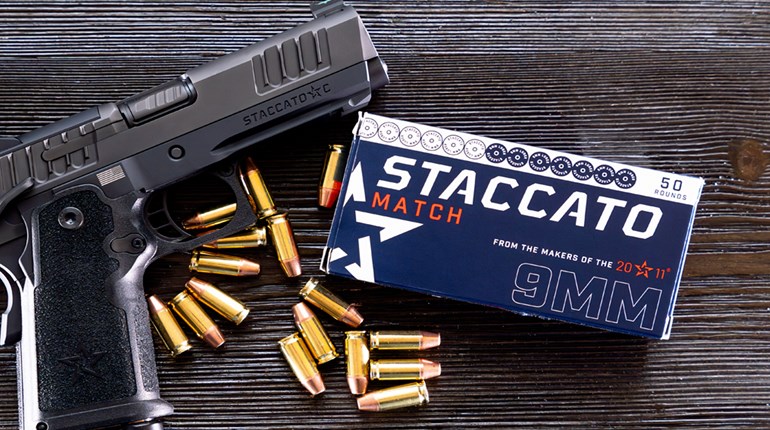
It was getting late in the mid-January afternoon and buck tags filled in years past told me the rut was in full swing in southeast Alabama. When the magic hour hit, a doe emerged from the far tree line as if shooed out on cue by nature’s stagehand. By the way she was acting, I knew that a buck wouldn’t be far behind. Even at 300 yards, I didn’t need to raise my binocular to know he was a shooter. He was a trophy, not due to inches of horn, but because he was a wise, habitually nocturnal old warrior who was only showing his face because biology demanded it.
It wasn’t a short shot, but I knew the rifle and I knew the load. I’d carefully chosen the bullet, the brass, the primer and the powder. I’d experimented with all four and found the best balance of accuracy and velocity before painstakingly assembling the cartridge in a small batch at my bench. Even before I pressed the trigger, I knew the outcome.
I’d learned to handload rifle and handgun cartridges when I was in high school. I quickly determined that I could feed my pistol-shooting habit far more prosperously on my dime store paycheck by scrounging brass and loading my own. A few years later I started hunting big game and became mildly obsessed with rifle accuracy and bullet performance—it was with one of my own handloads that I took my first whitetail and many since.
Unless you’ve just been roused from a five-year nap, you are undoubtedly aware that centerfire ammunition has increased in both price and scarcity. A box of premium .300 Winchester Magnum ammo runs nearly $50 for 20 rounds but at least you can probably find it on store shelves. But what if you’re going varmint hunting and are looking for a case of .223? Good luck with that.
Though handloading definitely saves dollars, it’s not the only reason you should consider it. The ability to have a sustainable supply of ammunition through marketplace shortages like the one we’ve witnessed lately is another good reason; a modest supply of powder and primers and the ability to cast one’s own bullets can keep you shooting through the lean times. Handloads can also help maximize the accuracy potential of your firearm by allowing you to assemble component combinations or cartridge dimensions that are unavailable via mass production. Though today’s factory ammunition offers the best and most diverse lineup that hunters and shooters have ever seen, there’s still a limit to what you can buy off the shelf.
Best of all, for me, is the satisfaction of having done it myself. When I put venison on my family’s table, knowing I shot it with a rifle that I assembled, using a cartridge that I loaded by hand, over a field that I planted, I can’t help but feel good. And it’s hard to put a price on that.




































